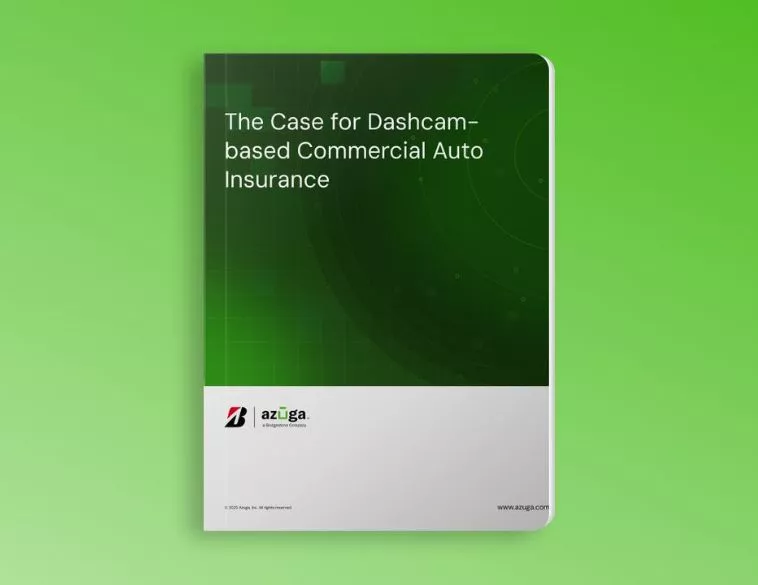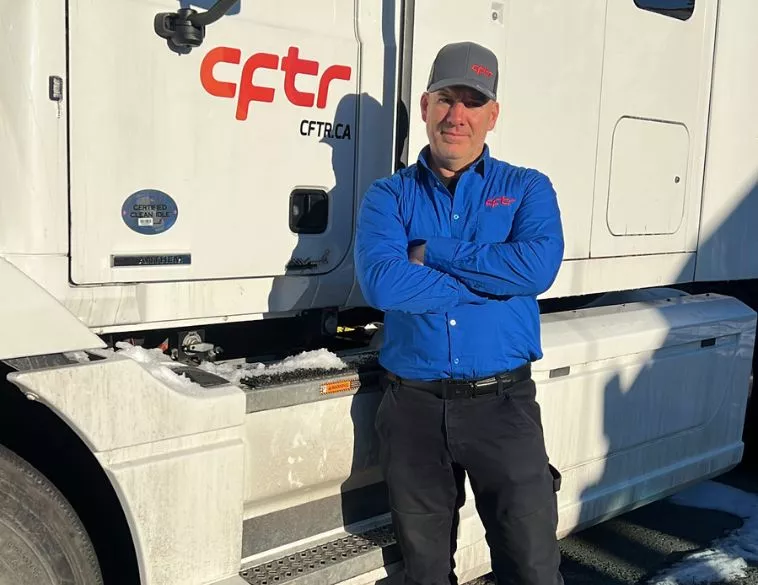Roadside Results
Successfully managing and communicating data can have a big impact on reducing downtime.
It’s a scenario that’s familiar to many fleet managers. A vehicle is enroute with a delivery for a customer and it breaks down on the side of the road, temporarily stranding the load and the driver.
Serious numbers
The result is unexpected downtime, that eats into operational costs and overall fleet efficiency. According to Vik Sridhar, Senior Manager, Group Product Management at Geotab, the company’s own statistics reveal some very serious numbers. In 2024, among more than 3.3 million vehicles across Canada and the U.S., a staggering 1 million breakdowns were observed. This translates to 2.74 breakdowns per every 160,000 km (100,000 miles). Put another way, this means 8.7 million days of unplanned downtime which represents a whopping $4.3 billion U.S. in costs for fleets.
Yet, despite such staggering statistics, roadside assistance is still often seen as simply an emergency fix. “It’s something [fleets tend to] deal with when a problem pops up,” says Sridhar, who acknowledges that there is still a common mindset of “it won’t happen to me.”
As a result, it’s often underestimated and not seen as an integral part of overall operational strategy. He says for example, that when a vehicle breaks down or is involved in a crash, there’s not only the cost of the tow, along with the maintenance and repairs required, but the cost in lost revenue for the fleet, driver downtime, administrative issues and headaches, not to mention the potential damage to the fleet’s reputation, especially if the customer doesn’t receive their delivery or support on time.
Effective program
That’s why it’s important to develop an effective Roadside Assistance Program. Yet when doing so, there are some essential factors to consider.
While price is important, it shouldn’t be the only consideration. Sridhar says that fleets need to understand that while price should factor in, a more important aspect is whether the provider properly stands behind their product—in other words, are they transparent when it comes to pricing and features and are they reliable and can be counted on when needed?
Sridhar explains that fleets also need to see how their vehicle mix, and operational aspects can work with the Roadside Assistance program the provider is offering. For example, are they running a fleet of delivery vans, pickup trucks, or more specialized vehicles? “Each type [of vehicle] is going to have its different roadside needs,” says Sridhar, who also notes that the type of operating environment also factors in, such as whether vehicles are being used in urban or rural settings, or perhaps a combination of both. “Whether it’s in the city, out in the country, or even off-road, that directly impacts which Roadside Assistance provider is best suited for your needs.”
Strong network
That’s why he says, it is critical to be talking to reputable providers that have a strong network which covers the areas in which a fleet operates, particularly in more remote regions. “The last thing you want to do is be dealing with no shows, where they say somebody is on the way and then nobody shows up,” states Sridhar.
There’s also the question of repair and data access to vehicle repair and service data and that applies equally whether the vehicle is at the depot or out on the road.
“Using a fleet maintenance or management platform with mobile-first functionality can really help ensure that every team member—from drivers to technicians to managers—can view accurate asset records anytime, anywhere,” says Kevin Chan, Director of Product Marketing at Fleetio, which provides maintenance software for fleets. Chan explains that this applies whether it’s registration documentation or upcoming scheduled preventive maintenance (PM). “Buy-in across every team member is so important to gain the type of visibility across your fleet to make the right decisions,” says Chan.
Integration benefits
Additionally, because many fleets are already utilizing more than one maintenance management tool and telematics solution, they can realize the benefits of using integrations to consolidate data that’s coming from multiple sources. Some examples include individual vehicle maintenance history, OEM service recommendations, as well as vehicle inspection results and parts inventory. By doing so, fleet managers can eliminate communication gaps in their reporting methods, reducing the risk of error through manual data entry and ensure that team fleet members can make informed decisions no matter where the vehicle is located.
Centralization
Additionally, having a centralized system that integrates your existing fleet management software is also essential, not only to ensure seamless communication but also, to provide effective data capture. “A lot of our fleet customers are trying to understand how they can connect roadside incidents back to their vehicle maintenance history and diagnostic data inside of my Geotab to prevent future incidents from happening,” explains Vik Sridhar.
He notes that still, it is commonplace for fleets, especially larger ones with regional branches across the country to leave roadside assistance up to the individual locations who go with their own provider that works with their requirements. The trouble is, says Sridhar, that when roadside events occur, that data is not being captured by a centralized system, so it isn’t always visible at a corporate level. He says it’s one reason why Geotab Roadside was built, to offer fleets a centralized system where the information regarding incidents such as breakdowns and collisions is readily available across the organization with full visibility.
And it’s proving to be effective. Citing a particular case study with the State of Connecticut in the U.S., decided to adopt Geotab’s Roadside program in January 2022. “Prior to that,” says Sridhar, they’d been using a separate roadside service.” He notes that the size of the fleet meant that a centralized system could make a huge difference to how roadside assistance and fleet maintenance were handled. “Since January 2022, they’ve completed 1800 roadside requests, and they've realized savings of over $226,000 by utilizing the Geotab roadside program, which is included with each Geotab subscription.”
PM compliance
At Fleetio, Kevin Chan notes that having a Preventative Maintenance (PM) compliance policy is critical to ensure fleets minimize any downtime and that the maintenance software they use, should make it easy to schedule, track, and verify PM tasks based on OEM schedules, asset usage, and real-world failure patterns.
Additionally with tools such as digital inspection technology, drivers can report real time failed item alerts immediately they occur and relay that information so that fleet managers and technicians can tackle problems before they escalate. Chan notes that over time, these kinds of insights can prove extremely helpful since they can reveal pattern failure trends, enabling fleets to develop predictive maintenance strategies that can actively address reoccurring maintenance and/or service issues before the vehicle breaks down.






